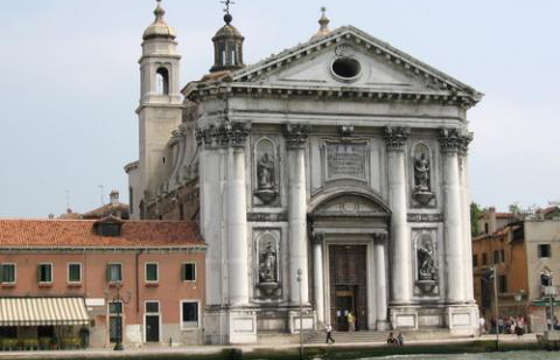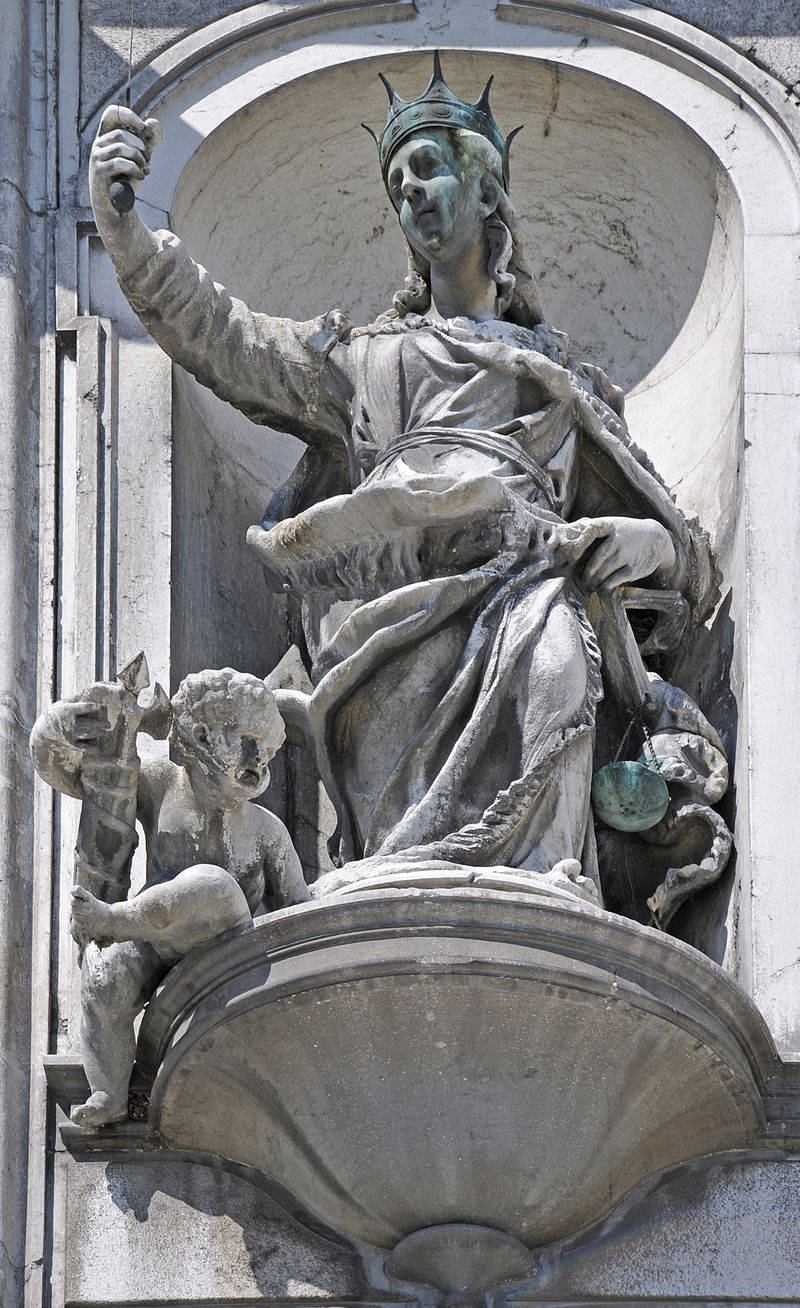Church of Santa Maria del Rosario(Gesuati)
The Church of the Gesuati, the largest convent complex in XVIIIth century Venice, was built between 1726 and 1735 for the Dominican Order to replace the smaller church that still stands beside it, which had become too small to hold all the parishioners. The Dominican Order took over from the Jesuates (from whom the church took its name) in 1668, when the order was suppressed. Giorgio Massari was the architect who designed the church and the decorations in the interior, with the help of two great artists of the time: Giambattista Tiepolo and Gian Maria Morlaiter. The three definitively established their fame in the city thanks to the remarkable work they did on the church. There is a beautiful harmony to the interiors, with the striking ceiling frescoes by Giambattista Tiepolo, featuring three splendid frescoes representing “The Virgin Appearing to St. Dominic”, “The Institution of the Rosary” and “The Glory of St. Dominic”, surrounded by a number of monochrome medallions.
Santa Maria del Rosario (St. Mary of the Rosary), commonly known as I Gesuati, is an 18th-century Dominican church in the Sestiere of Dorsoduro, on the Giudecca canal in Venice, northern Italy. The classical style building has a well-lit interior and is exceptional in preserving its original layout and Rococo decoration intact. The church and almost all its sculpture and paintings were created within a thirty-year period: construction began in 1725, the church was consecrated in 1743, and the last sculptural decoration was in place by 1755.
The Baroque is a style of architecture, music, dance, painting, sculpture, and other arts that flourished in Europe from the early 17th century until the 1740s.
Baroque came to English from a French word meaning "irregularly shaped." At first, the word in French was used mostly to refer to pearls. Eventually, it came to describe an extravagant style of art characterized by curving lines, gilt, and gold.
.





_Nave_ceiling_by_Tiepolo.jpg/1426px-Santa_Maria_del_Rosario_(Venice)_Nave_ceiling_by_Tiepolo.jpg)
_Nave_ceiling_by_Tiepolo_-_The_Virgin_Appearing_to_St_Dominic.jpg)
_Nave_ceiling_by_Tiepolo_-_The_Glory_of_St_Dominic.jpg)


_Tiepolo_-_The_Virgin_Appearing_to_Dominican_Saints.jpg/604px-Santa_Maria_del_Rosario_(Venice)_Tiepolo_-_The_Virgin_Appearing_to_Dominican_Saints.jpg)






No comments:
Post a Comment